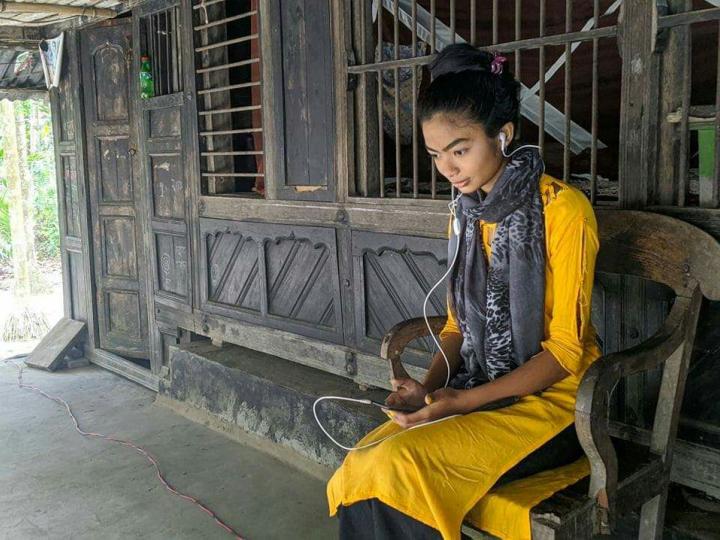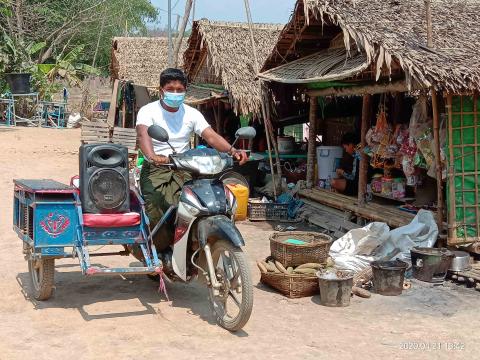
How to communicate and engage with communities in Asia Pacific during COVID-19
World Vision supplements government efforts in raising awareness of communities on COVID-19 and equipping children and families with the correct knowledge and skills to prevent the spread of the virus and reduce the risks of contracting the virus. The transmission mechanism of the virus, along with subsequent government social distancing and lockdown policies, make it challenging for agencies to use traditional community engagement approaches. That is why World Vision has adopted flexible and innovative approaches to ensure even the most vulnerable, including people with disabilities, children, communities without access to the internet or gadgets, migrants, etc., can have access to the necessary information.
Aside from conventional face-to-face method, depending on the context, World Vision also directly educates children and families through phone calls and SMS/Whatsapp, since many households, in World Vision operations areas, are known to World Vision with networks already in place. To ensure communities are being exposed to continuous reminders of preventive messages, World Vision uses printed materials to reach a wider targeted audience, who don't have access to internet or technology Posters and banners are posted in visible locations all over the village. Through these methods of engagement, World Vision has reached over 5,377,585 people directly across 17 countries.
To scale up the impact of the messaging, World Vision has adopted other communication mediums to increase reach. The channels include social media, TV, radio, and the PA system. Technology is one of the most efficient ways to disseminate information within a short period of time to a wide audience, especially in areas where people are scattered or geographically difficult to access. World Vision has reached an estimated 24,358,308 people (as of 22 July) indirectly through traditional media and social media channels.
Apart from COVID-19 related health and hygiene information, World Vision also addresses child protection and psychosocial support needs via both direct and indirect community engagement. While communities are directly impacted by COVID-19, in terms of health, protection risk, and stress-related issues for children, caretakers and families are also on the rise due to lockdown policies, closure of essential services, and limiting economic environment. Aside from the above approaches, World Vision also partners with faith leaders of various religions and other influential stakeholders to support positive messaging and behaviour change.






